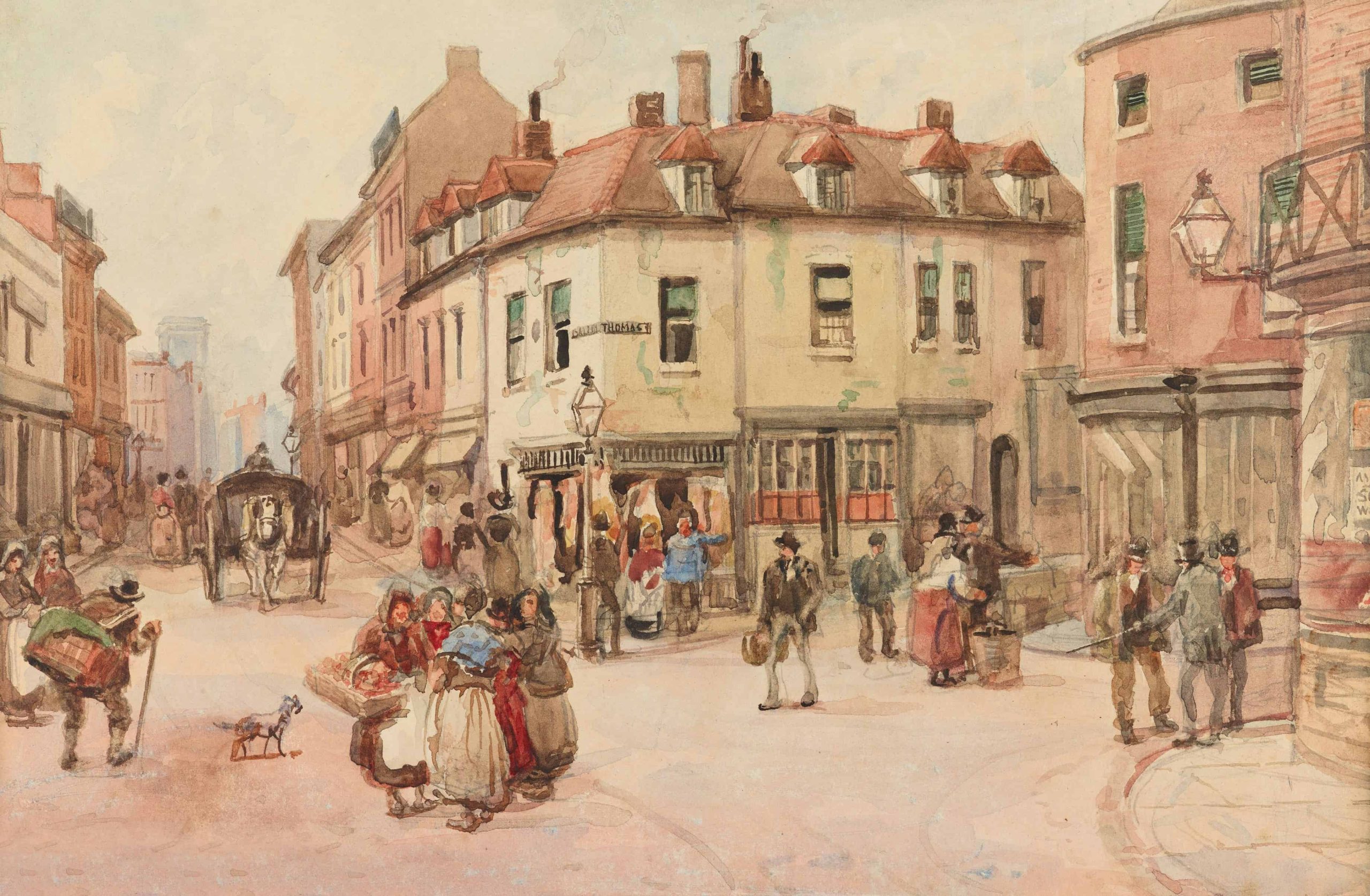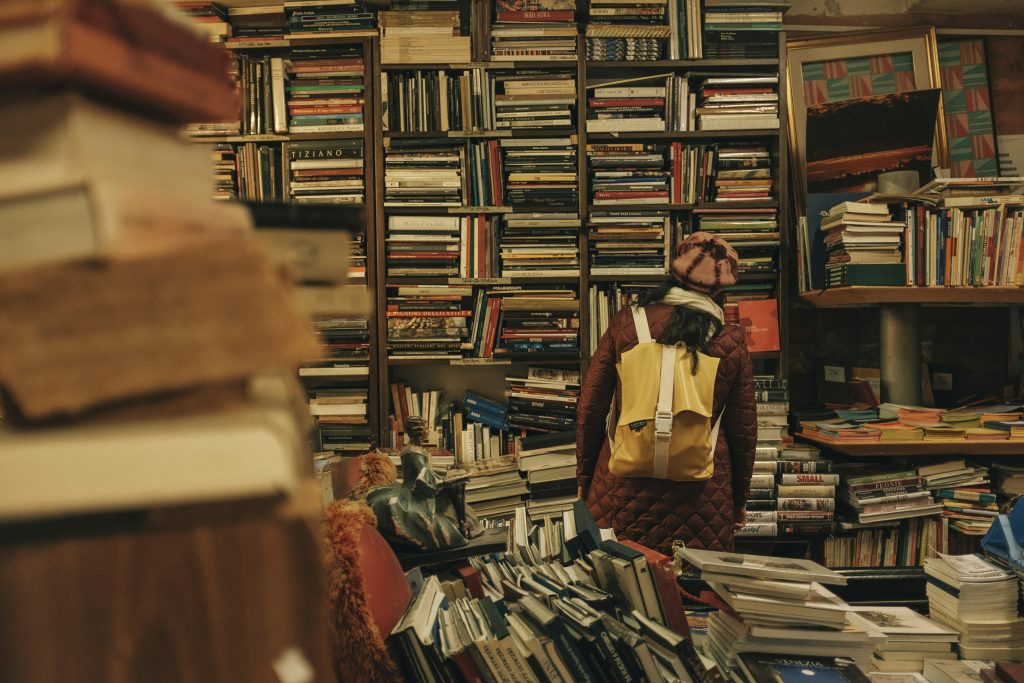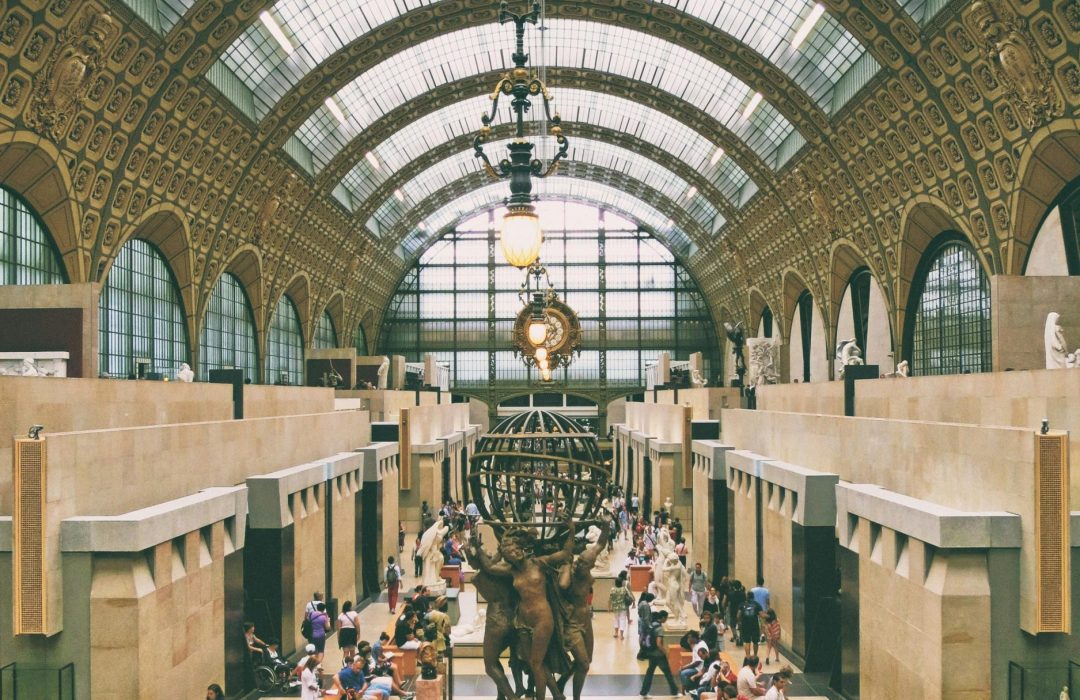
09 Feb Historical Art Movements and Their Societal Impact
Art movements are vibrant threads in the tapestry of human history, reflecting the intricate dance between culture and society. These dynamic expressions not only capture the aesthetic preferences of an era but serve as mirrors that unveil the nuanced complexities of societal shifts. The reciprocal relationship between art and society forms a constant dialogue where societal changes act as catalysts for artistic responses, and in turn, art shapes and influences the very fabric of civilizations. Through the ages, from the Renaissance’s celebration of humanism to the avant-garde movements challenging tradition in the 20th century, art movements provide windows into the collective consciousness of their respective times.
Understanding these creative trends reveals a story that goes beyond their aesthetic merits. With every brushstroke or chisel stroke of a sculptor, art becomes a singular window into the collective mind of a society, reflecting the zeitgeist of the time. Cultural identity evolves as a result of social changes that are expressed creatively by artists, regardless of whether these changes are the result of political, economic, or cultural causes. Our perception of the world is still being shaped by this dynamic interaction, which presents new insights and viewpoints on the always changing fabric of the human experience.
Analyzing Key Art Movements and Their Influence

Photo by Darwin Vegher
The Renaissance (14th–16th centuries)
The Renaissance, spanning the 14th to the 16th centuries, was a period characterized by a resurgence of classical ideals. The artistic movement emphasized realism, human anatomy, religious art, and scientific exploration. Beyond art, the Renaissance triggered a profound societal shift from a theocratic worldview to a humanistic one. This renewal of interest in learning and discovery led to a questioning of religious dogma, marking a pivotal moment in intellectual history.
Baroque (17th–18th centuries)
The Baroque era, encompassing the 17th to the 18th centuries, introduced a distinctive artistic style characterized by dramatic lighting, theatrical elements, grandiose architecture, and religious and allegorical themes. Functioning as Counter-Reformation propaganda, Baroque art glorified absolute monarchy, expressed power and wealth, and explored the depths of human psychology. Its societal impact extended beyond aesthetics, influencing political and psychological perspectives of the time.
Romanticism (18th–19th centuries)
Romanticism, prevalent in the 18th to 19th centuries, shifted the artistic focus to emotion, imagination, individualism, and a deep fascination with nature, history, and literature. This movement had far-reaching societal consequences, giving rise to nationalism and individualism while challenging the Enlightenment’s emphasis on rationality. Romanticism fostered a newfound appreciation for natural beauty and the untamed wilderness, impacting both cultural and societal perceptions.
Realist Movement (19th century)
The Realist Movement, emerging in the 19th century, rejected idealized depictions in favor of portraying everyday life, social issues, and marginalized groups. Realism’s societal impact was profound, heightening social awareness, fueling calls for reform, critiquing the negative aspects of industrialization and social inequality, and instigating a social conscience in art that addressed contemporary realities.
Modernism (Early 20th century)
Modernism, a movement in the early 20th century, was characterized by a rejection of traditional conventions in both form and content. Marked by experimentation and a focus on expressing individuality and subjectivity, Modernism reflected the anxieties of modern life. Its societal impact was profound, challenging established norms and social order while delving into psychological and philosophical themes. This movement played a crucial role in reshaping artistic and intellectual landscapes during a period of rapid social, political, and technological change.

Conclusion
The exploration of historical art movements reveals a profound interdependence between art and society. As dynamic reflections of cultural and societal shifts, these movements serve as pivotal agents in shaping the course of history. From the Renaissance’s revival of classical ideals to the Baroque’s dramatic expressions of power, and from Romanticism’s celebration of individualism to Realism’s stark portrayal of social realities, each movement has left an indelible mark on the collective consciousness.
These artistic epochs not only capture the essence of their times but also actively participate in the societal dialogue, provoking thought, challenging norms, and questioning the status quo. The Modernist movement, with its rejection of traditional conventions and exploration of individuality, exemplifies this active engagement, reflecting the anxieties and complexities of a rapidly changing world.
The societal impact of these movements is undeniable. Whether triggering shifts in worldviews, fostering social awareness, or fueling calls for reform, art movements are catalysts for change. The interplay between art and society, as showcased by these historical movements, underscores the dynamic nature of cultural evolution. This ongoing dialogue serves as a reminder that art is not merely a passive reflection of our world but a dynamic force that contributes to shaping it. As we continue to navigate the currents of societal transformation, the legacy of historical art movements stands as a testament to the enduring power of artistic expression in influencing the human experience.
Key Takeaways
Art Movement | Characteristics | Societal Impact |
Renaissance | Realism, human anatomy, and scientific focus | Shift from theocratic to humanistic worldview, renewed interest in learning and discovery, |
Baroque | Dramatic lighting, grandiose architecture | Counter-Reformation propaganda, glorification of absolute monarchy, exploration of human psychology |
Romanticism | Emotion, imagination, and focus on nature | Rise of nationalism and individualism, challenge to Enlightenment rationality, appreciation of natural beauty |
Realist Movement | Depiction of everyday life and social issues | Increased social awareness, calls for reform, and critiques of industrialization and social inequality |
Modernism | Experimentation and rejection of traditions | Reflection of anxieties of modern life, challenge to established norms, exploration of psychological themes |
FAQs
How did the Renaissance impact the worldview of society?
The Renaissance significantly impacted society by catalyzing a shift from a theocratic worldview to a humanistic one. This transformation was marked by a renewed interest in learning, discovery, and a questioning of religious dogma, marking a departure from the prevailing theological perspectives of the time.
What characterized the Baroque movement's art?
The Baroque movement was characterized by its distinctive art featuring dramatic lighting, grandiose architecture, and exploration of religious and allegorical themes. Serving as Counter-Reformation propaganda, Baroque art glorified absolute monarchy, expressed power and wealth, and delved into the intricate nuances of human psychology.
How did Romanticism contribute to societal changes?
Romanticism played a pivotal role in contributing to societal changes by giving rise to nationalism and individualism, thereby challenging the rationality emphasized during the Enlightenment. Focused on emotion, imagination, and a deep appreciation for nature, Romanticism fostered a cultural shift towards a more subjective and introspective understanding of the individual and society.
What was the Realist Movement's focus on art?
The Realist Movement, in contrast, focused on depicting everyday life, social issues, and marginalized groups, providing an accurate portrayal of social realities. This movement heightened social awareness, fueled calls for reform, and critiqued industrialization and social inequality, ushering in a social conscience in art.
What societal themes did Modernism explore?
Modernism, emerging in the early 20th century, reflected the anxieties of modern life by rejecting traditional conventions and exploring individuality, subjectivity, and psychological and philosophical themes. This movement challenged established norms and social order, epitomizing the evolving dynamics of society during a period of rapid change and uncertainty.
See the fascinating relationship that exists between art and technology. Learn how augmented reality (AR) blurs the lines between the digital and physical worlds by making art marketing more interactive and immersive through this “Utilizing Augmented Reality in Art Promotion” guide.

